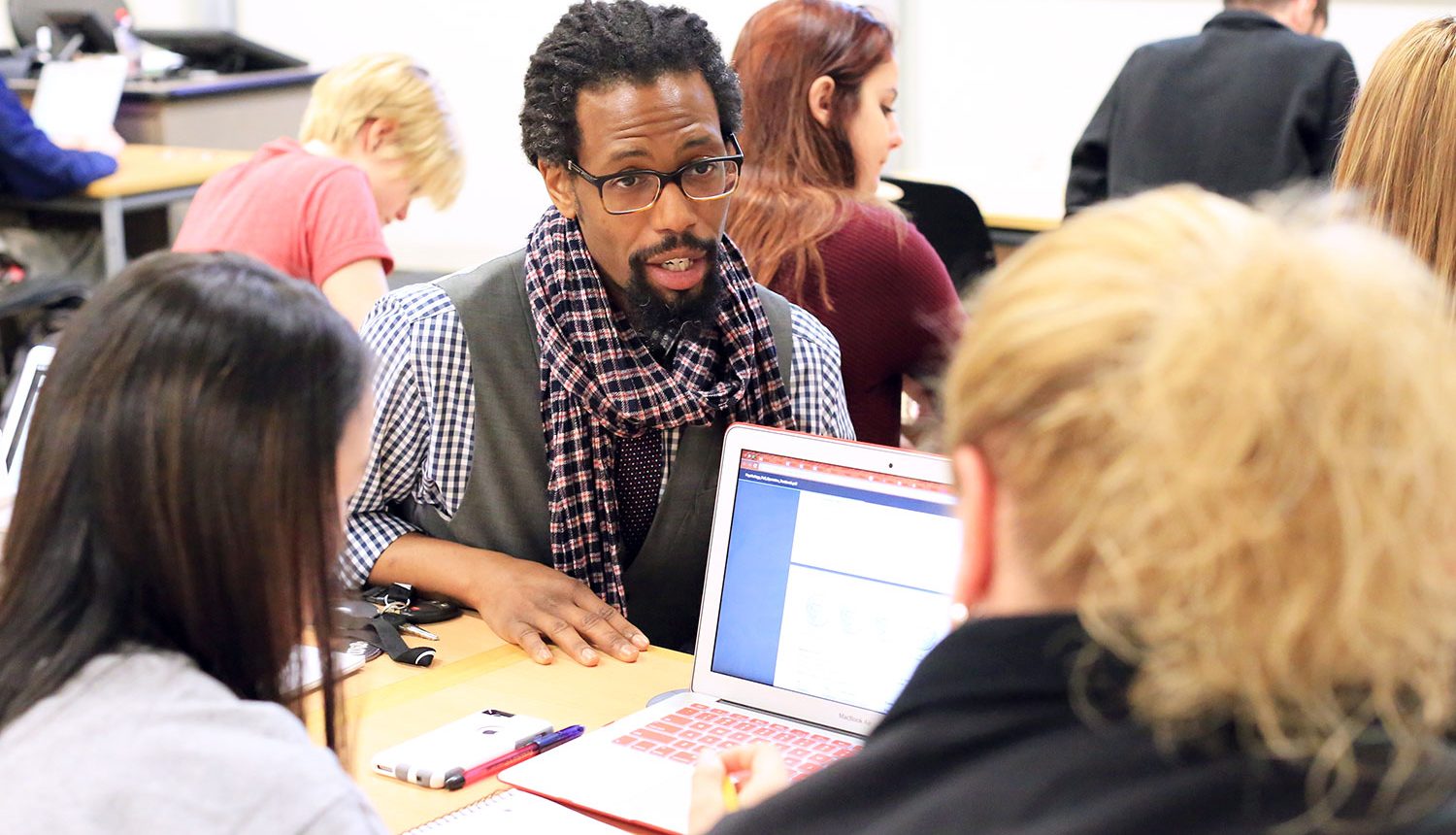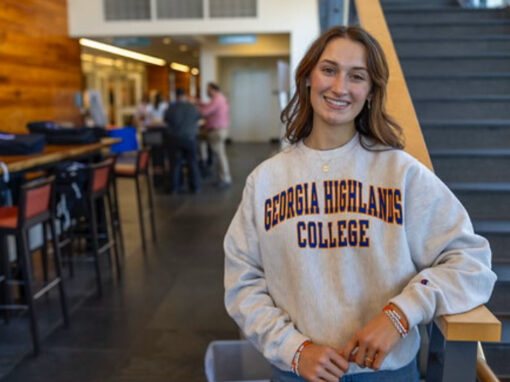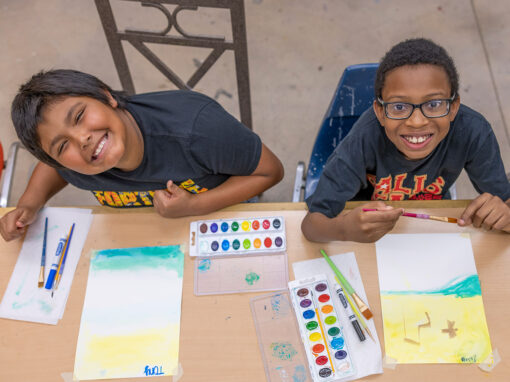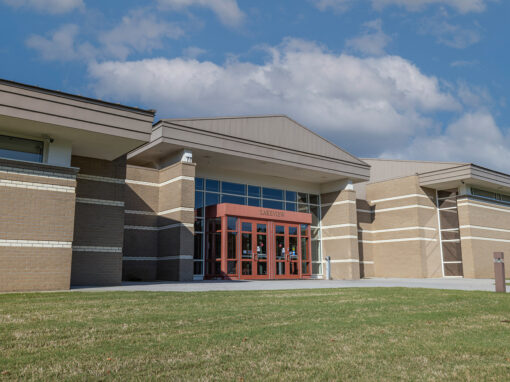The courses at Georgia Highlands College (GHC) are created with accessibility in mind through preemptive design by ongoing training and resources for faculty. The goal? Create a successful college experience for all students.
Disability access in course design at GHC is one of many ways the college exemplifies GHC’s shared value of access.
GHC’s strategic plan highlights access – the ability for students to maintain greater agency over their academic pursuits through expanded resources as well as through equity practices – as a one of its shared values. Other shared values include caring, inclusivity, engagement and excellence. The full strategic plan can be found here.
The Center for Excellence in Teaching and Learning (CETL) at GHC helps in this initiative by providing professional development for faculty and staff on making digital content for courses and other student-facing departments of the college accessible to students with disabilities.
The CETL provides faculty training for building a course from the ground up with accessibility being a key element.
Each semester the CETL offers three accessibility professional development labs on increasing the accessibility of documents, media, and content presented in GHC’s online learning management system, D2L.
These labs focus on expanding access to the educational opportunities GHC provides by equipping faculty to make their course’s digital components accessible to all students, including those with disabilities. This includes formatting for access for colorblind, deaf, or hard-of-hearing students and for ease of navigability by assistive technologies such as screen readers for students who are blind or have low vision.
“Courses that are accessible from their inception are better for all students and faculty, not only those with disabilities,” Instructional Designer for CETL Rachel Rupprecht said. “Faculty benefit by saving time, since it is less time-consuming to make materials accessible while creating them than it is to remediate them later, and by creating teaching materials which better serve their students.”
For students with disabilities, this means the ability to complete assignments and engage with their classmates and instructor without having to ask for assistance. In addition, the implementation of practices such as closed captioning of lectures expands accessibility for all students by providing an additional method to receive instruction.
The CETL’s mission includes the creation of high-impact faculty development opportunities to equip GHC’s faculty to fulfill our mission. Accessibility is central to that mission because it is a key component of access.



